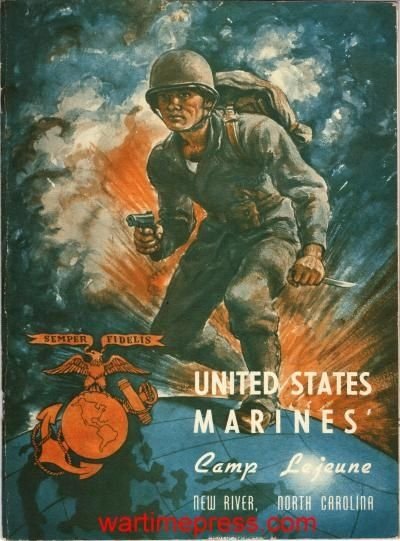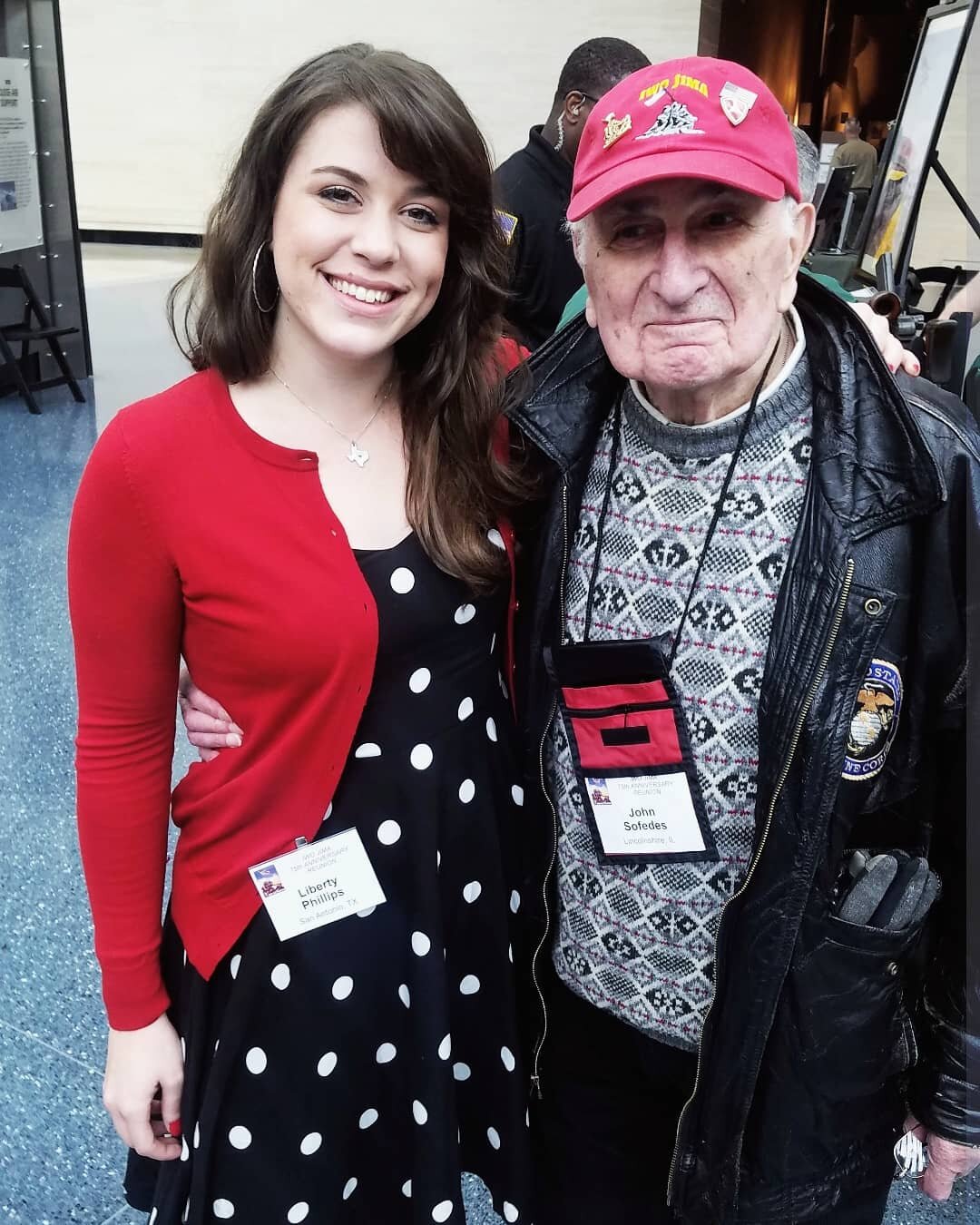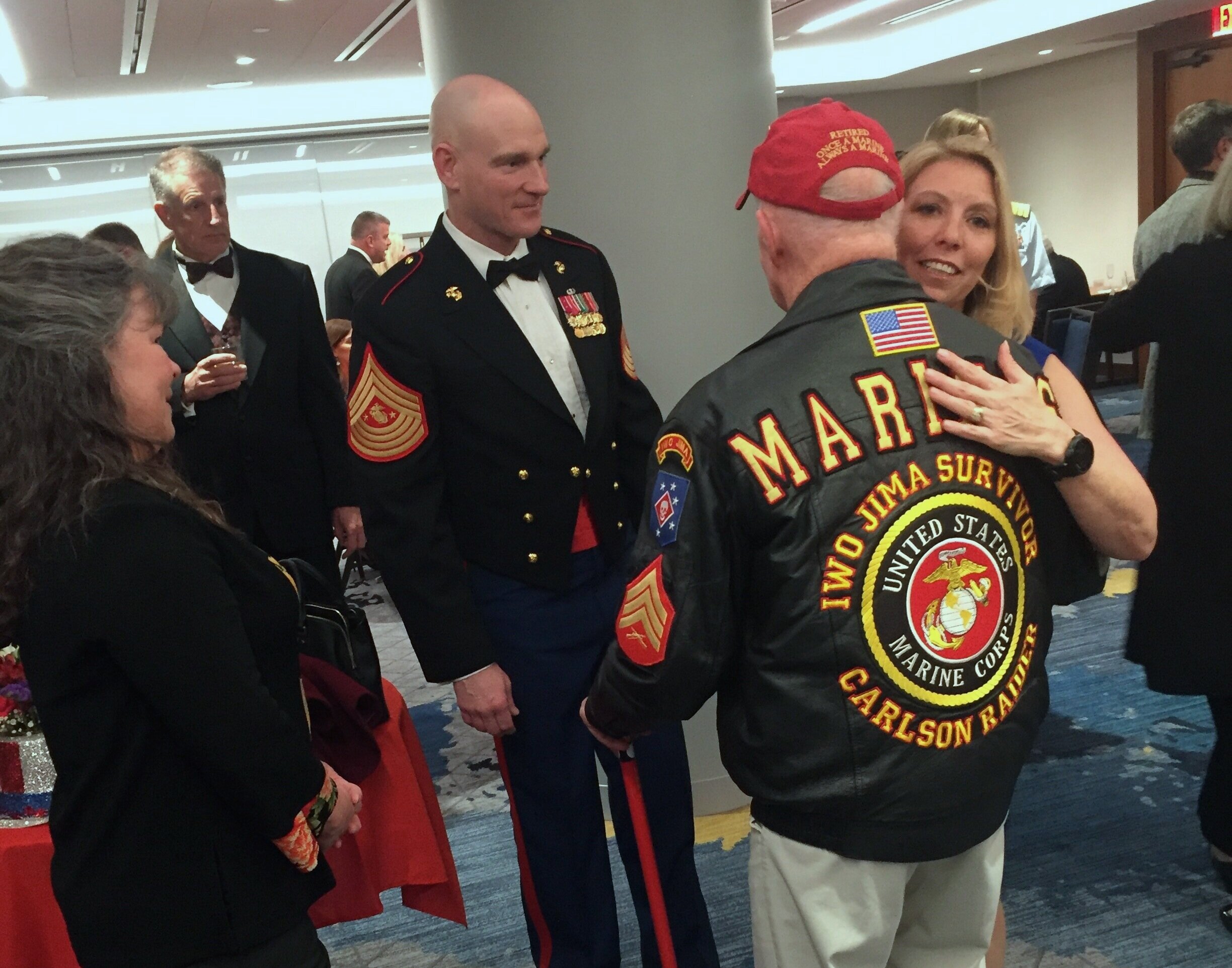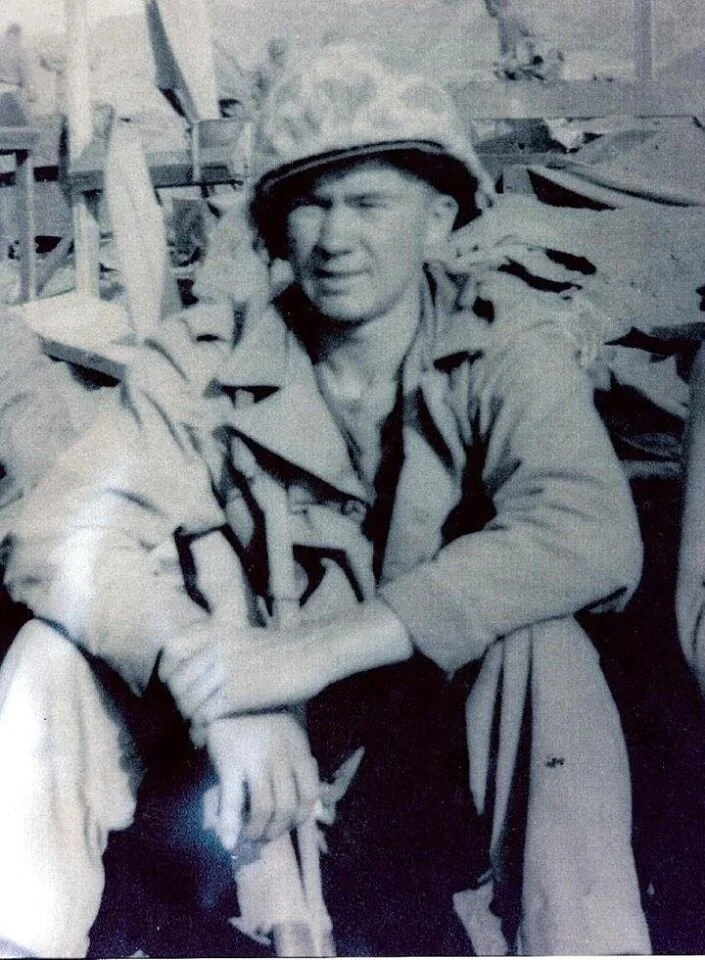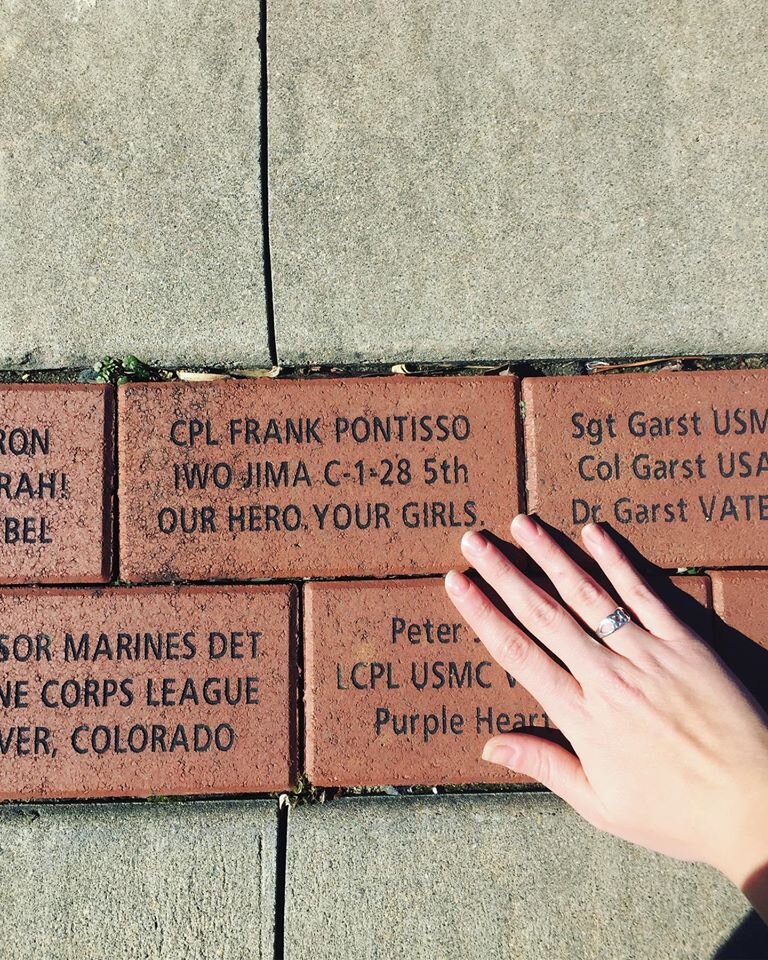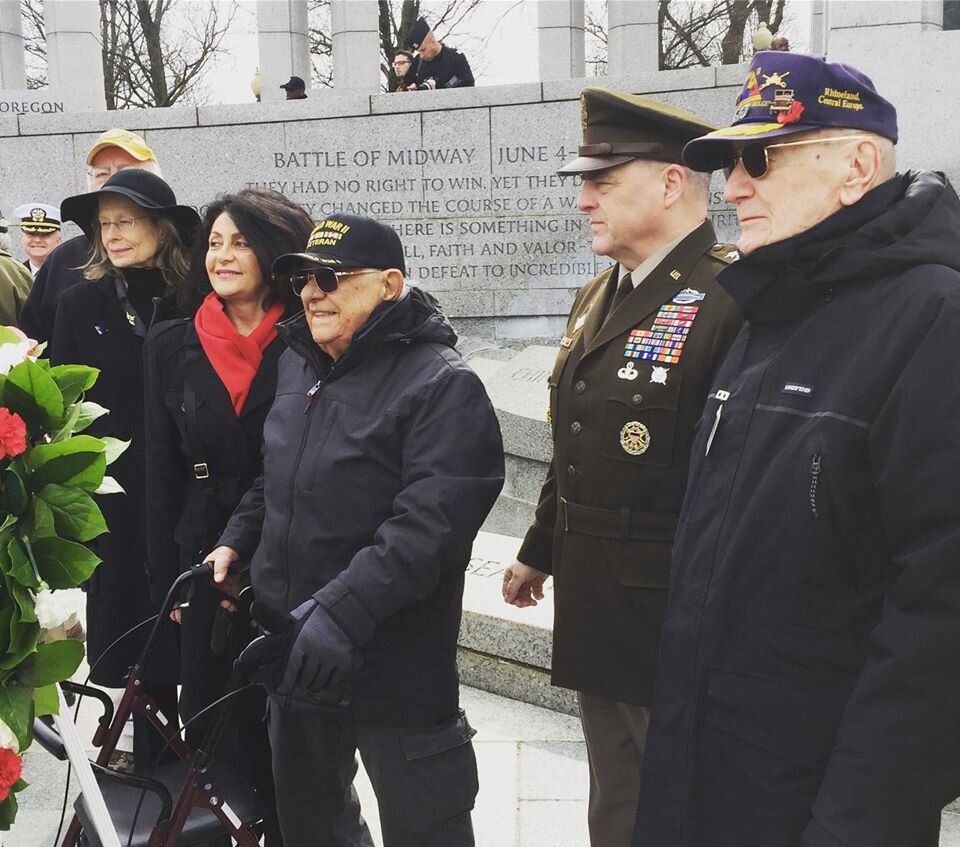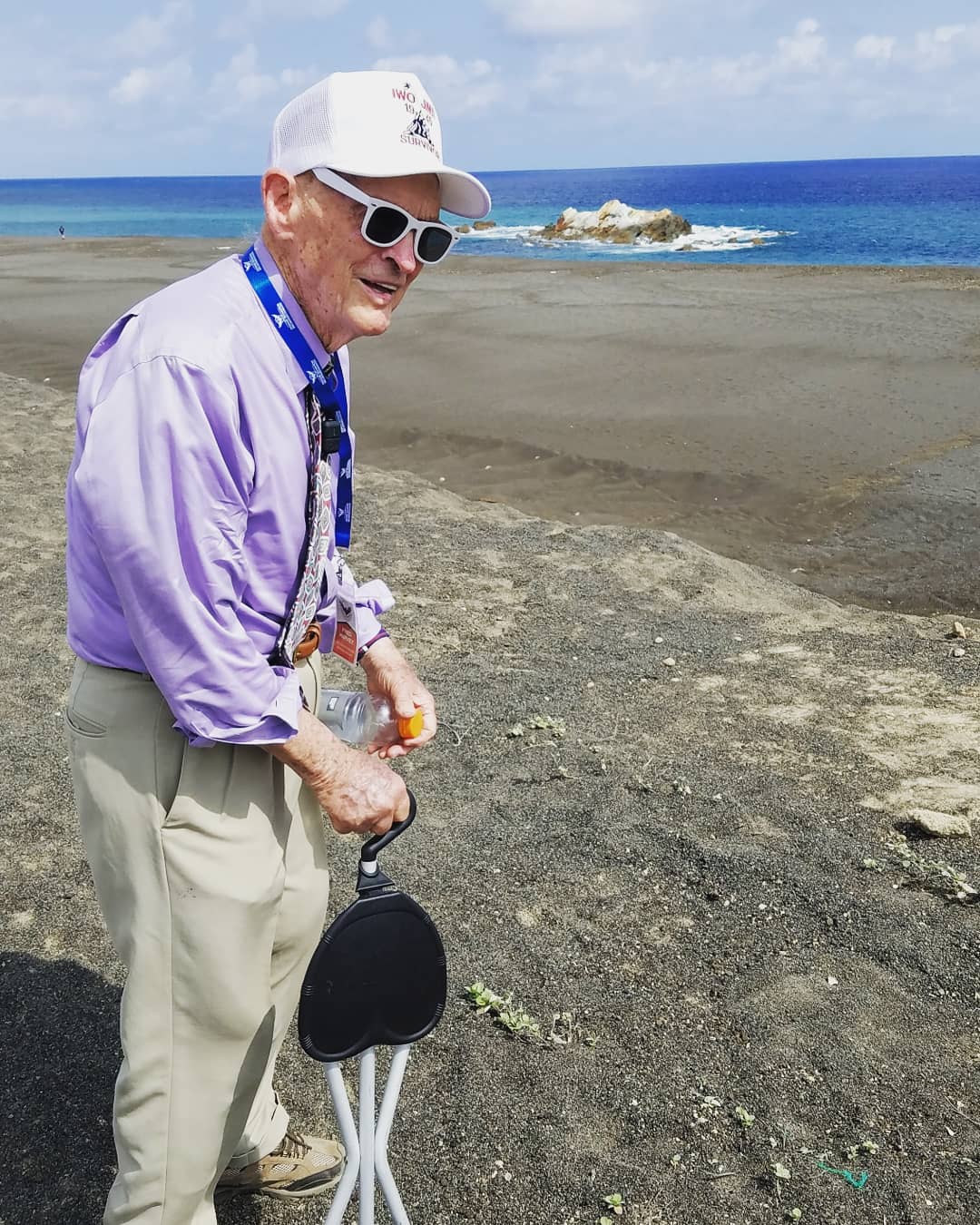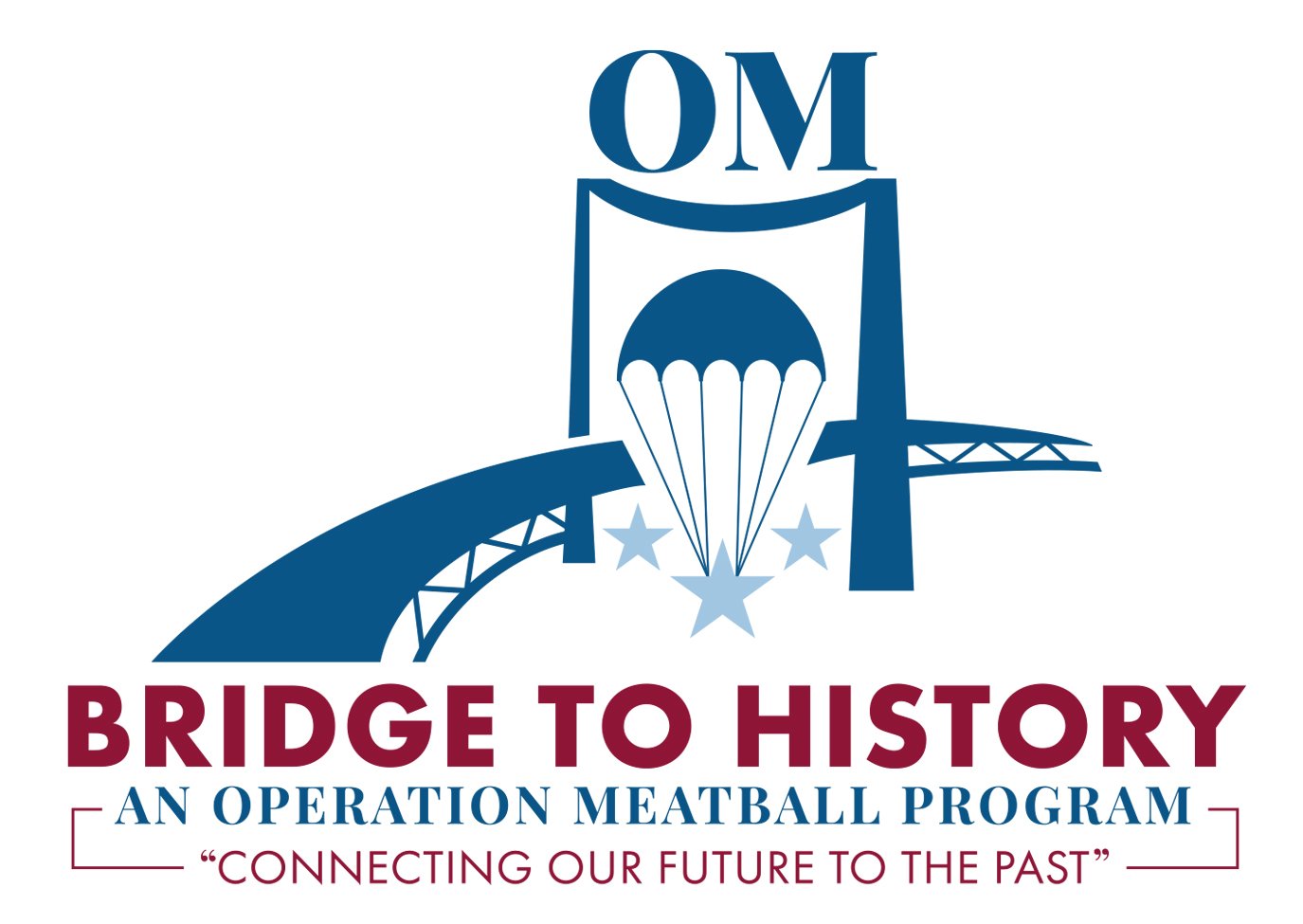The Daniel Colgan Story
/A few weeks ago, I was in D.C. for my annual Iwo Jima Association Reunion. One of the nights, I took off with a couple of friends to explore the war memorials under the stars.
I’m no stranger to D.C. Growing up with family living on the outskirts, the memorials are my stomping ground. Yet no matter how many dozens of times I visit them, I still find magic there. Especially on nights when the crowds are gone, the city is “relatively” quiet, the bitter cold lends a crispness to the air, and you’re just left with your thoughts.
We meandered around a while, and on entering the area of the Vietnam Wall, I was struck by how unusually breathtaking it was tonight. The moon hit the names engraved on the wall, highlighting the thousands and thousands of young lads killed during that awful war.
From it’s conception, the Vietnam Veterans Memorial Fund has done an exceptional job organizing and cataloging the names, making it quite easy to find your friend or relative on the wall through their website. Sometimes I wander down the wall, looking up names and reading their stories. If an image is attached to the bio, it immediately becomes evocative.
This evening, reading some of the names to myself, I suddenly remembered a promise I had made a little over a month and a half before.
Fred and me a few years ago after one of his many moves.
Over Christmas a dear friend and Iwo Jima Veteran, Fred Harvey, was in the hospital. It was a tough time, and there were many days when Fred struggled to know where he was and why he was sick. One night in particular, he was in a lot of pain and his memory was very incoherent. I tried to distract him by having him tell me stories from his childhood or life in general.
It worked pretty well. Fred, never one to pass up an opportunity to tell a story, found mental clarity enough to relate all sorts of little memories to me as best as he could patch together. On conclusion of the story, it was almost as if his mind would revert back, and I’d have to start explaining where he was again and why he was gonna be okay.
“Tell me about Ol’ Rip. Tell me about Jessie - your mom.” I’d say.
His eye would flicker, calmness would come over, and he would tell the story - exactly as he had told it every time since I first met him.
It was hard, but it was worth it for those moments of peace he had.
In the midst of all of this, one particular story seemed to stick in his mind more than anything else, and for an hour he related it over and over again.
It was the story of Danny Colgan.
The Danny Colgan Story
Back in the 60s, Fred was coaching football at a high school in El Paso, Texas. It was the middle of the Vietnam War and the anti-war protesters and hippie movement had inundated the high school. The kids would come out with their signs and their chants, their anti-American speech, and their lack of self respect. It wasn’t a great time to be a teacher or a coach, but Fred knew hard times. His childhood had been a struggle to survive. Hardly out of his teens, Fred had almost lost his life on the volcanic island of Iwo Jima in the Pacific when he took two grenades and sat on a third. He knew hard times. But he loved his job and his kids. So he poured his life into them - regardless of the rising political tensions.
One of the most hard headed students was a kid by the name of Daniel “Danny” Colgan. It wasn’t that Danny couldn’t do the job (he had potential), he just wouldn’t. More often than not, he would find himself in trouble with the school administrators. Fred told me that sometimes during practice Danny would join the kids on the bleachers shouting and making noise, overall protesting anything they could think of.
The culmination came one day when Danny came to Fred’s office with the information that he had been expelled from the school. He was done.
Fred wasn’t shocked by the news, but he still wanted to help the kid out. He explained that, at the end of the day. the only one who was affected by Danny’s decisions was Danny himself. His future was in his own hands, and he couldn’t blame anyone else.
The next afternoon, Danny returned to Fred's office waving his enlistment papers for the Marine Corps.
“I’ve joined up.” He said.
“I thought you hated the war?” Fred asked.
“I know. But I’ve changed my mind. I want to be a Marine like you.”
“It’s not easy, you know,” Fred told Danny.
But Danny knew that. He also knew that there was a future for him in the Marines that he’d struggled to find elsewhere. Besides, he knew how proud Fred was of his service and he wanted to be like him.
Danny went off to boot camp. And Fred went back to coaching.
Some months later, Fred opened the paper to find that local El Paso boy, Daniel P. Colgan - Private First Class United State Marine Corps, had been killed on October 7, 1968 in the Province of Quang Nam, Vietnam. He was 20 years old.
There’s more to the story… how Danny came home draped in an American Flag. His death directly impacted the kids at the high school. Perhaps it didn’t put a halt to all the anti-patriotism, but it definitely sobered them up.
And Fred never forgot Danny.
Well fast forward to last Christmas. As Fred struggled with conscious thought and fighting the healing IVs, he told me the story over and over again. Except this time, he told me about the guilt he felt. That Danny’s death was his fault.
Clutching my hand with a crushing grip, he repeated again and again, “If it wasn’t for me, Danny would be alive. He joined because he wanted to be like me. I encouraged him. It’s my fault that he died. I’m responsible for Danny’s death.”
It broke my heart to see a 98 year old man still grieving so deeply over something out of his control that had happened 50+ years before. During WW2, Fred lost a lot of close friends and comrades in arms. But something about the loss of his young student seemed to be coming to the front of his mind as the brain tried to reconcile past events.
I tried to soothe him. “Fred,” I said, “It wasn’t your fault. Danny was always meant to be a Marine. Just like you. There was nothing that would change that.”
“But he wouldn’t have gone if I didn’t encourage him.”
“Fred - you didn’t have to encourage him. He wanted to be like you. You inspired him. It was his honor to die as a Marine, like the Spartans of old.”
“I have to tell his story. I have to tell people about Danny.”
“You have Fred. In your book. You talk about Danny.”
“I did?”
“Yes Fred.”
“Well I have to tell his story again. People need to know about Danny.”
“We will, Fred. And you know what - when we go to D.C. next month for the Iwo Jima reunion - we’ll go see Danny together at the wall.”
My buddy Fred didn’t make it. He passed away in the hospital two weeks later, and in the events surrounding, I forgot about Danny Colgan. That is until I wandered down the walkways of the Vietnam Wall.
I remembered Danny. And my promise to Fred.
“Hi Danny.” I said, touching his name on the wall. “Fred says hi. He was so proud of you. But you know that. He’s probably with you now. Semper Fi Marines.”
Operation Meatball
Honoring Veterans & Connecting Them With the Youth of Today







